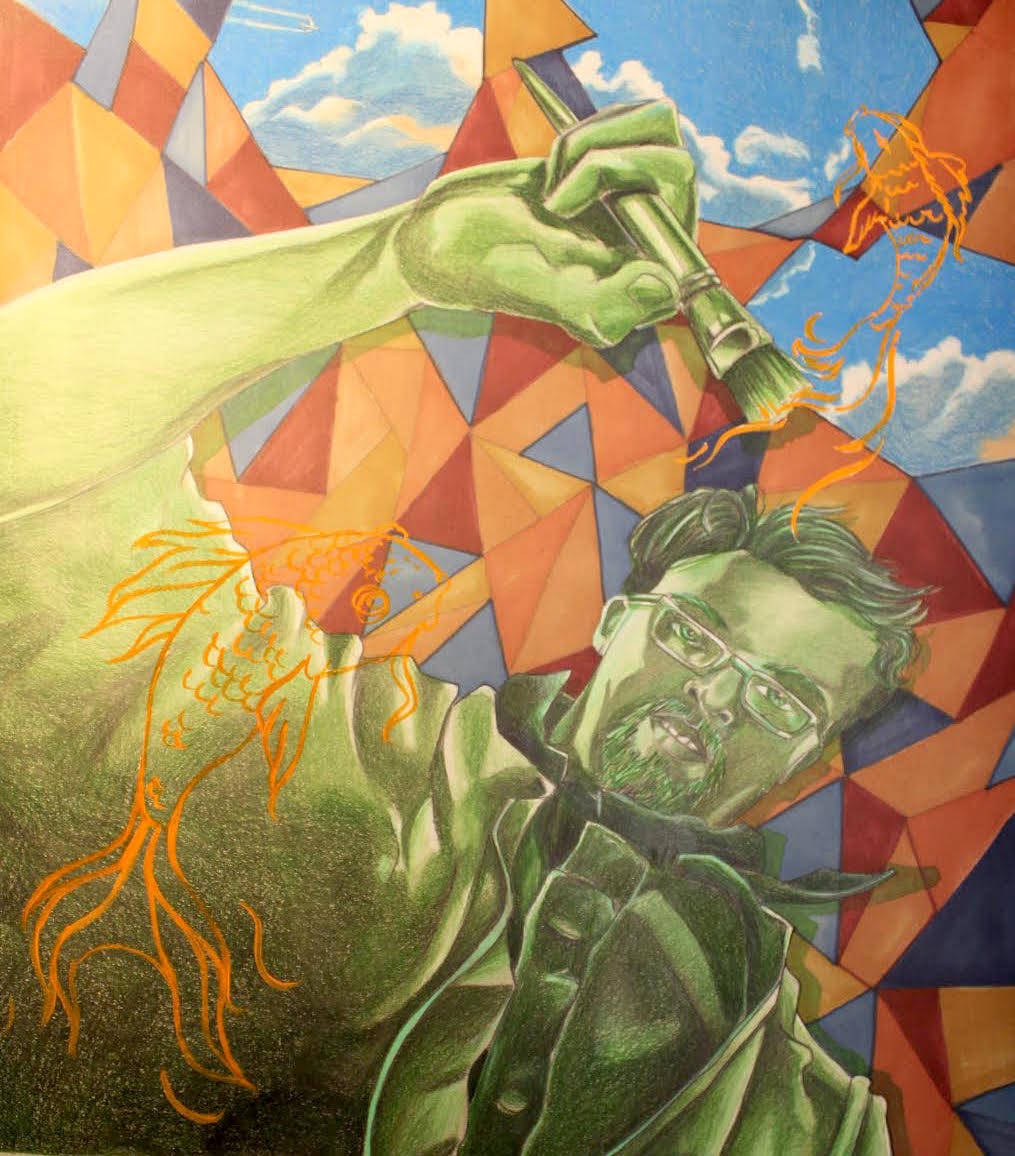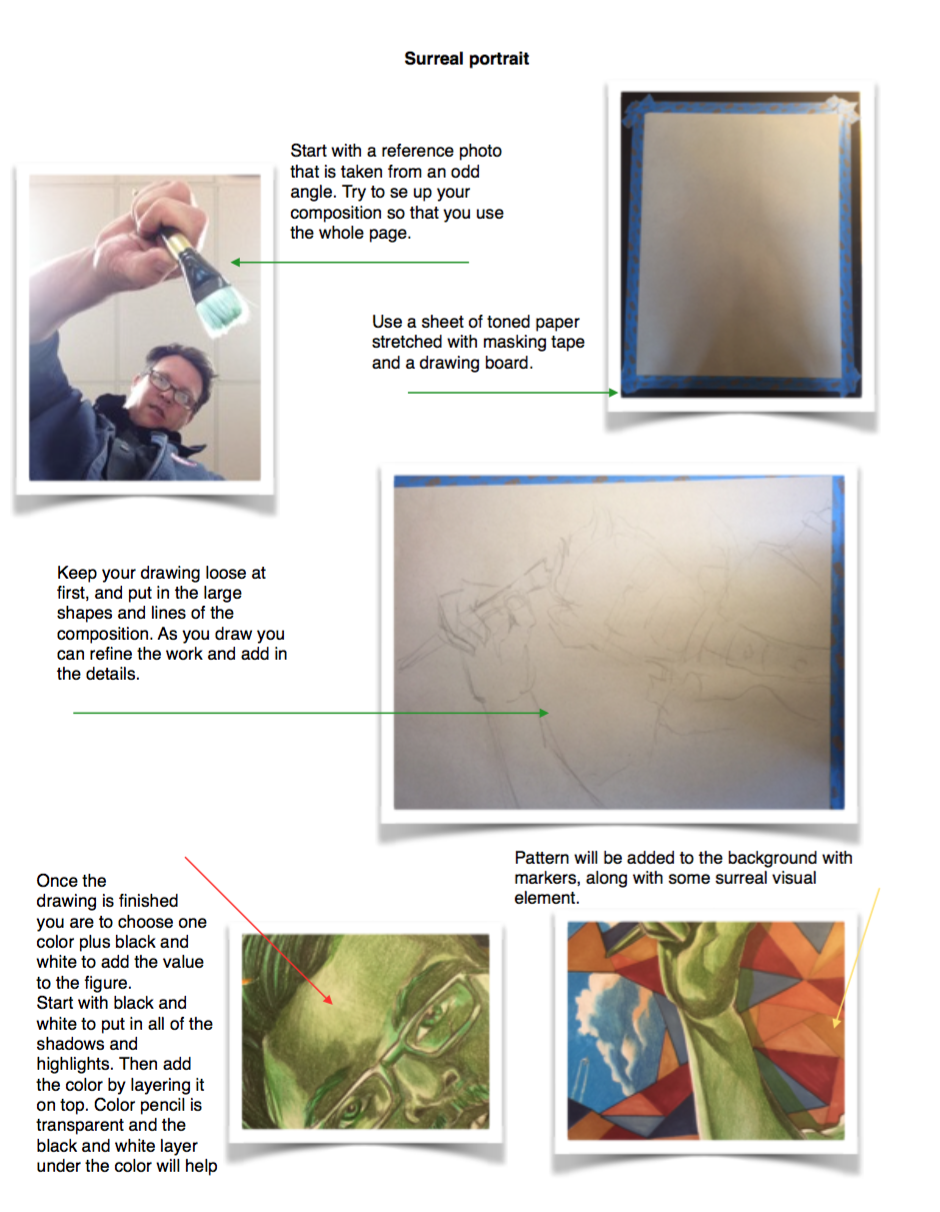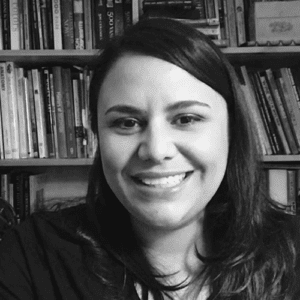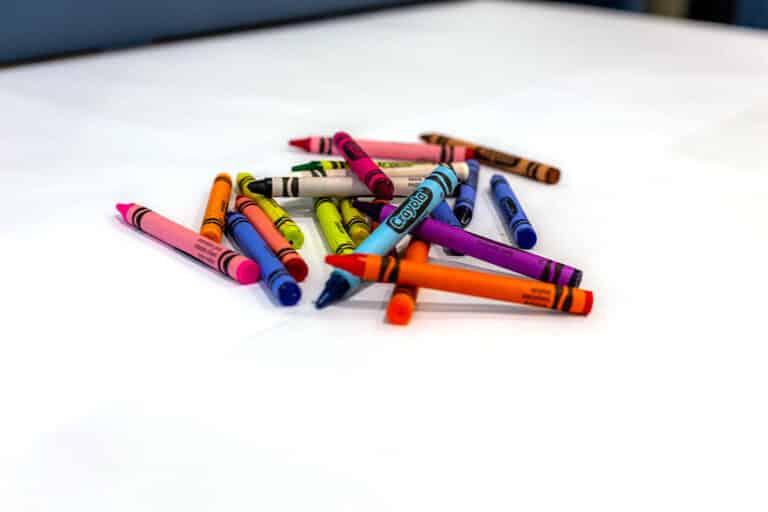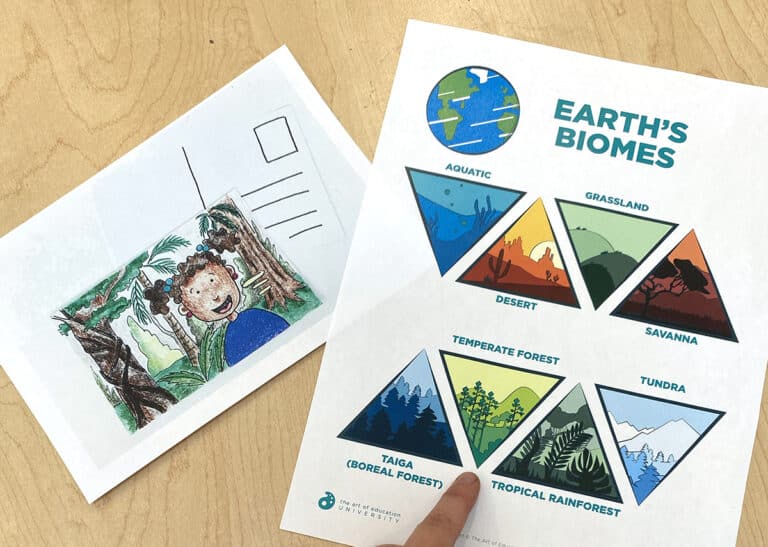It can be difficult to come up with new ideas for portrait lessons. Of course, there’s nothing wrong with the yearbook-style graphite drawings so many of our students complete. But what if we could make things a little more exciting? One way to do this is to help students explore various drawing mediums by assigning a mixed media portrait.
 Recently, Joseph Tilstra, a high school art teacher and participant in the AOE Studio: Drawing course, developed a great lesson that helps students explore and push themselves while being inspired by Surrealism.
Recently, Joseph Tilstra, a high school art teacher and participant in the AOE Studio: Drawing course, developed a great lesson that helps students explore and push themselves while being inspired by Surrealism.
His lesson example, seen below, got a great discussion going among course participants who immediately began to think of ways it could be adapted for middle school and elementary students.
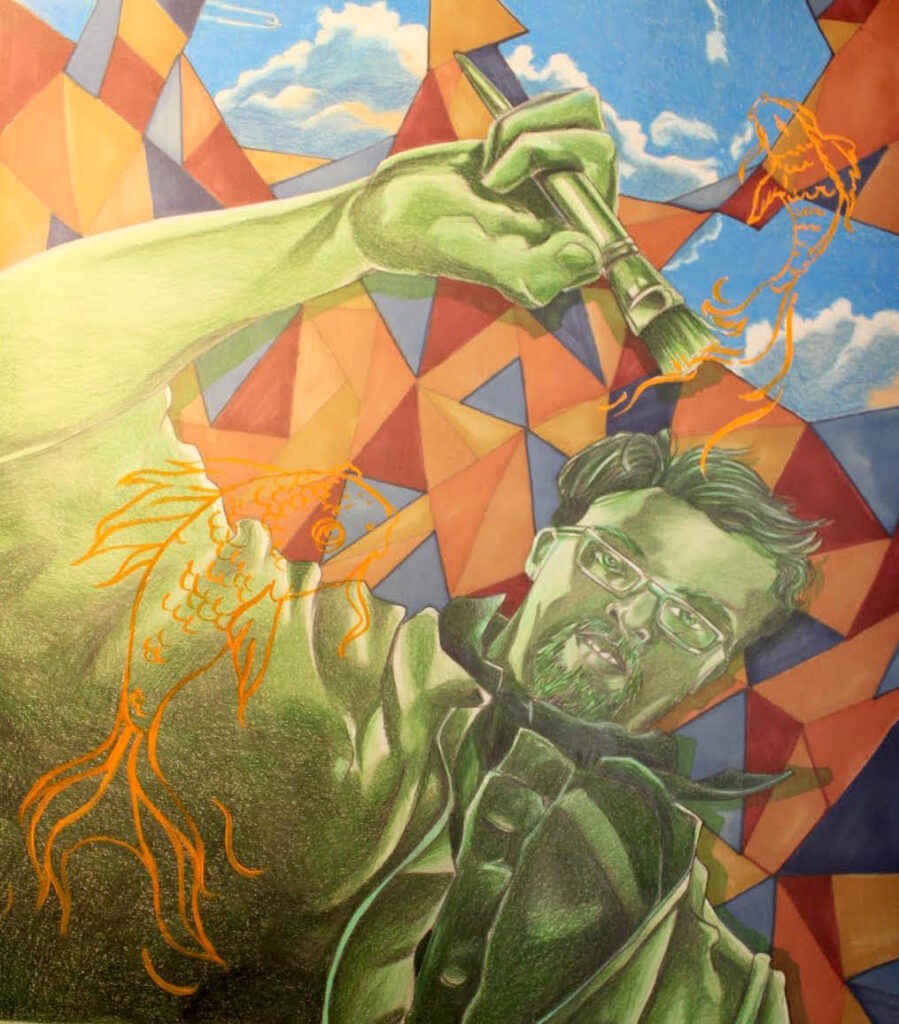
Joseph developed the lesson by thinking about how he could push students beyond neutral angled portraits. By pushing the envelope, Joseph found he was able to achieve greater engagement and “buy in” from his students. Furthermore, encouraging the use of mixed media in layers helps teach students about the essence of each material.
Here’s how to present a similar lesson to your students.
To complete this lesson, it’s helpful if your students have a grasp of the Elements and Principles.
Tilstra starts all of his courses with this foundational information. He says, “All of my classes get a dose of the Elements and Principles at the beginning of the semester. It does not matter what class it is. Even the advanced classes need a refresher when the year starts. My philosophy is that the Elements and Principles are like the canvas we artists stretch our work over. Without the Elements and Principles, the work has no substance. I want my students to have a strong foundation built on these basic concepts when they leave my class and go on to college.”
My philosophy is that the Elements and Principles are like the canvas we artists stretch our work over.
After your students have a good grasp of this foundational knowledge, it’s time to dive into some art history. For this lesson, Tilstra chose Surrealism. After students have some background knowledge, they can begin creating their portraits.
Requiring different layers makes students think about their artwork in a deeper way.
Joseph required the following three layers in this assignment.
- A background with pattern and a surrealist element
- A portrait taken from an interesting angle
- A personal symbol layered over the top of everything
Of course, you could add or subtract layers depending on your students’ needs or adapt the lesson in other ways. For instance, at the elementary level, you could have students cut out their photos and collage them on top of painted backgrounds.
In this particular work, Joseph juxtaposed a blue sky that depicts deep space with a flat pattern built from geometric shapes in the background. The use of colored pencil and markers in these areas further emphasized the contrast between the two.
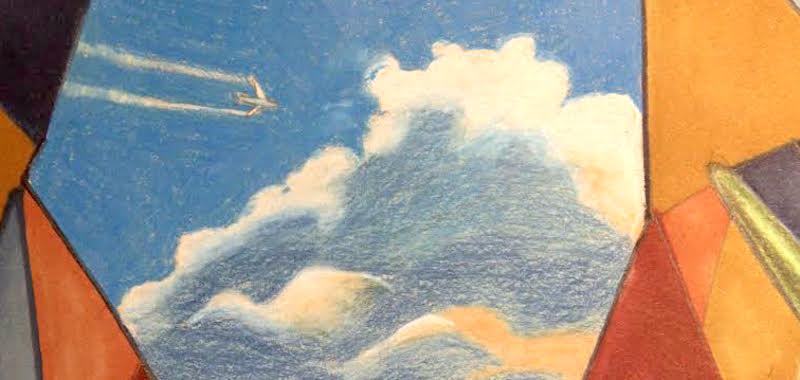
Joseph intentionally filled the space on the page with his portrait so it remains the focal point of the piece. Notice the beautiful values he achieved in the portrait by beginning with a black and white colored pencil drawing under a colored layer. Finally, Joseph considered personal symbolism and added a fish to complete this layered mixed media work.
You can take an even closer look at the assignment by downloading his original process board below.
If you’re ready to update your drawing assignments, Studio: Drawing is the right course for you. Course assignments offer media flexibility so you’ll be able to pursue the materials that interest you. It’s the perfect opportunity to take risks and try new approaches in your personal work, which are both tasks we ask students to complete in our classrooms. Enroll today to explore new ideas and experience the feeling of being a student again! Plus, check out all of our other Studio offerings right here!
How do you promote student engagement and interest in portraiture in your classroom?
How else could you adapt this lesson for younger students?
Magazine articles and podcasts are opinions of professional education contributors and do not necessarily represent the position of the Art of Education University (AOEU) or its academic offerings. Contributors use terms in the way they are most often talked about in the scope of their educational experiences.
